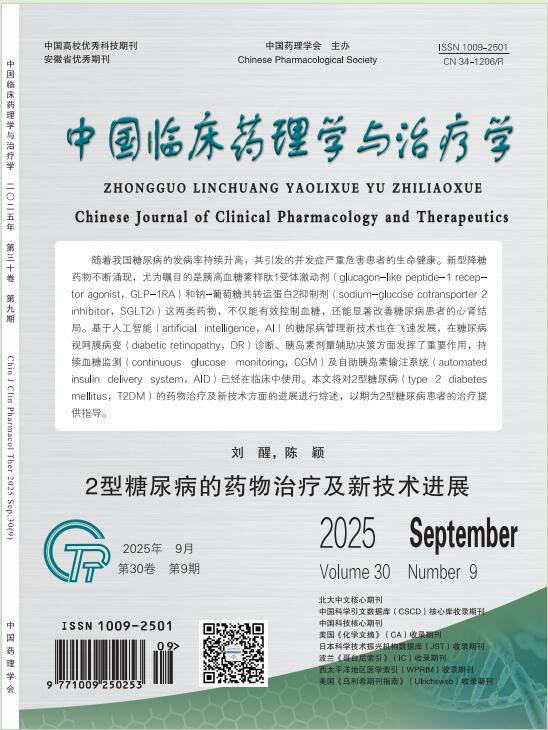AIM: To investigate the injury of emodin (EMO) in reduce of glomerular mesangial cells (MCs) in lupus nephritis by targeting forkhead protein K2 (FOXK2) through miR-96-5p. METHODS: The contents of 24 h urine protein, serum urea nitrogen (BUN) and serum creatinine (Scr) in MRL/faslpr mice (lupus nephritis group) and MRL/MPJ mice (control group) were detected. MCs were separated, purified and divided into: MCs group (MCs without any treatment), L-EMO group (MCs treated with 10 μmol/L Emodin), M-EMO group (MCs treated with 25 μmol/L Emodin), H-EMO group (MCs treated with 50 μmol/L Emodin), H-EMO+miR-96-5p-NC group (MCs treated with 50 μmol/L Emodin and transfected with miR-96-5p-NC), and H-EMO+miR-96-5p-minic group (MCs treated with 50 μmol/L Emodin and transfected with miR-96-5p-minic). Double luciferase report experiment was used to verify the targeting relationship between miR-96-5p and FOXK2. The real-time quantitative fluorescent polymerase chain reaction (qRT-PCR) was used to detect the expression of miR-96-5p. Western blot was used to detect the expression of FOXK2 and apoptosis related proteins. The enzyme-linked immunosorbent assay (ELISA) was used to detect the levels of inflammatory factors in MCs. cell count kit 8 (CCK-8) was used to determine the activity of MCs. Annexin-V FITC/PI double staining was used to detect apoptosis of MCs. RESULTS: Compared with the control group, 24 h urinary protein content, serum BUN and Scr levels in the lupus nephritis group were significantly increased (P<0.05). Compared with the MCs group, the miR-96-5p expression, interleukin1β (IL-1β), interleukin6 (IL-6), tumor necrosis factor-α (TNF-α), A450 value and B-lymphoblastoma-2 (Bcl-2) protein in the L-EMO group, M-EMO group and H-EMO group were significantly decreased (P<0.05), the FOXK2 level, cell apoptosis rate, Bcl-2 related X gene (Bax), aspartate specific cysteine proteinase-3 (cleaved Caspase-3) protein levels were significantly increased, respectively (P<0.05), the effect of Emodin was dose-dependent. Compared with the H-EMO group and H-EMO+miR-96-5p-NC group, H-EMO+miR-96-5p-minic group obviously increased the miR-96-5p expression, inflammatory factor levels, A450 value and Bcl-2 protein level (P<0.05), and obviously decreased FOXK2 level and cell apoptosis rate (P<0.05). CONCLUSION: EMO can reduce the injury of lupus nephritis MCs by down-regulating miR-96-5p and then up-regulating FOXK2.


